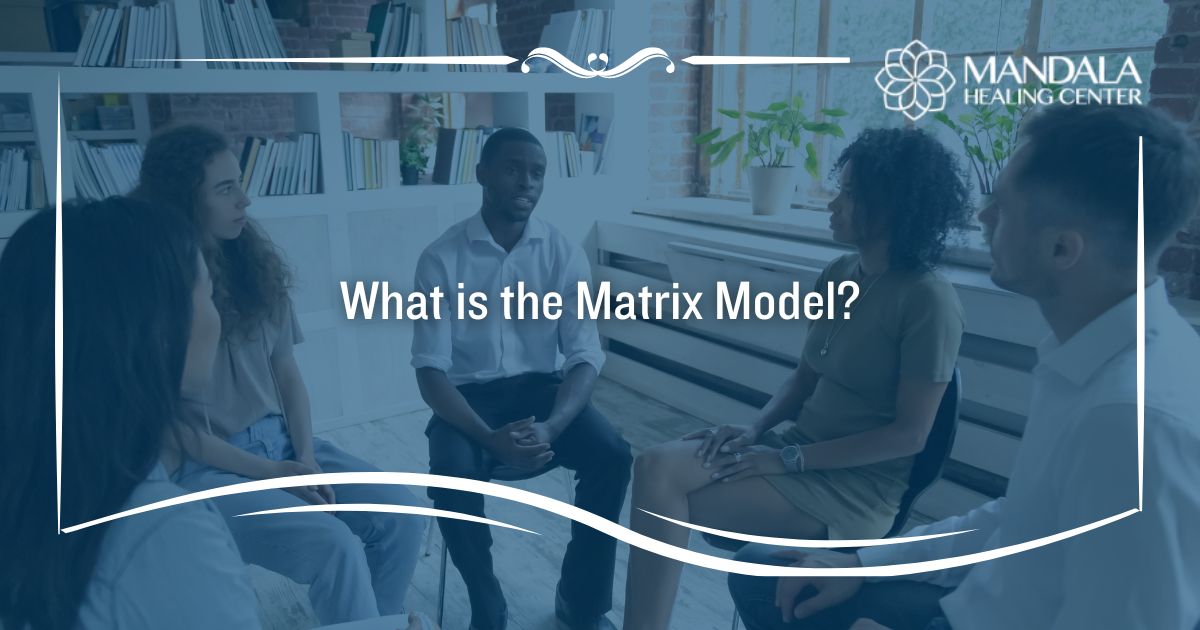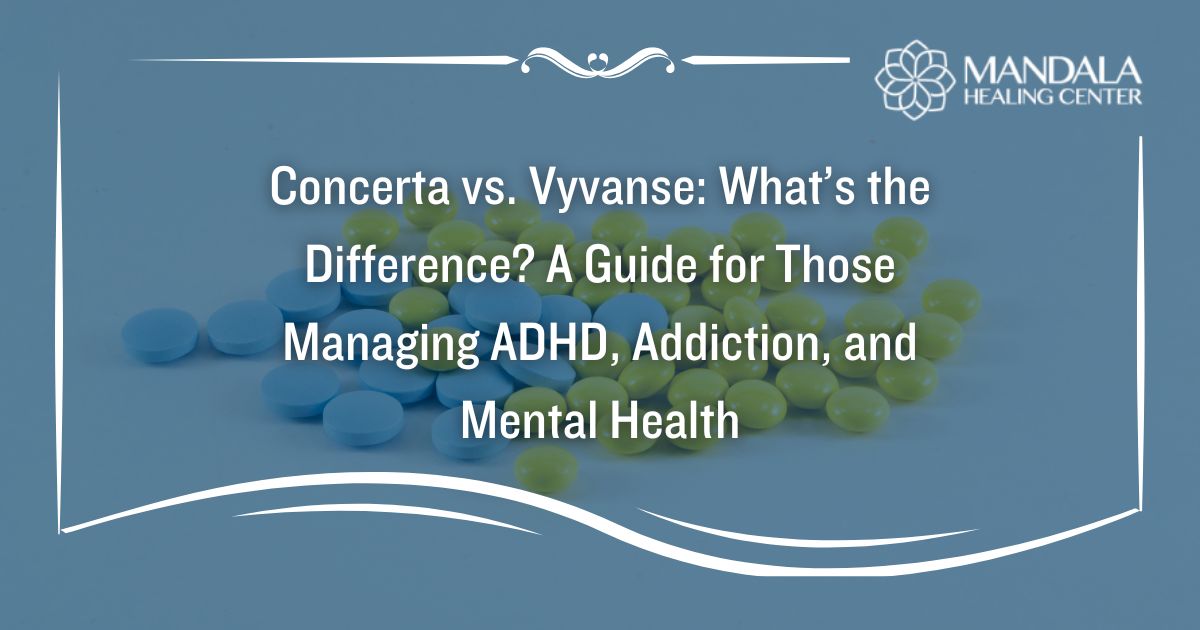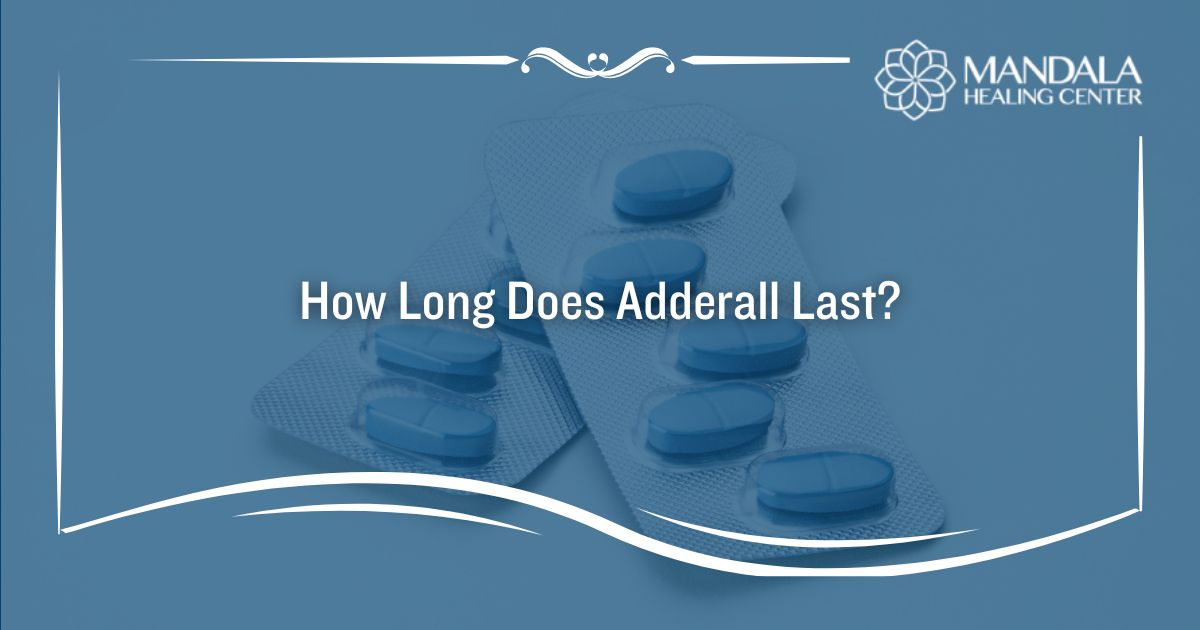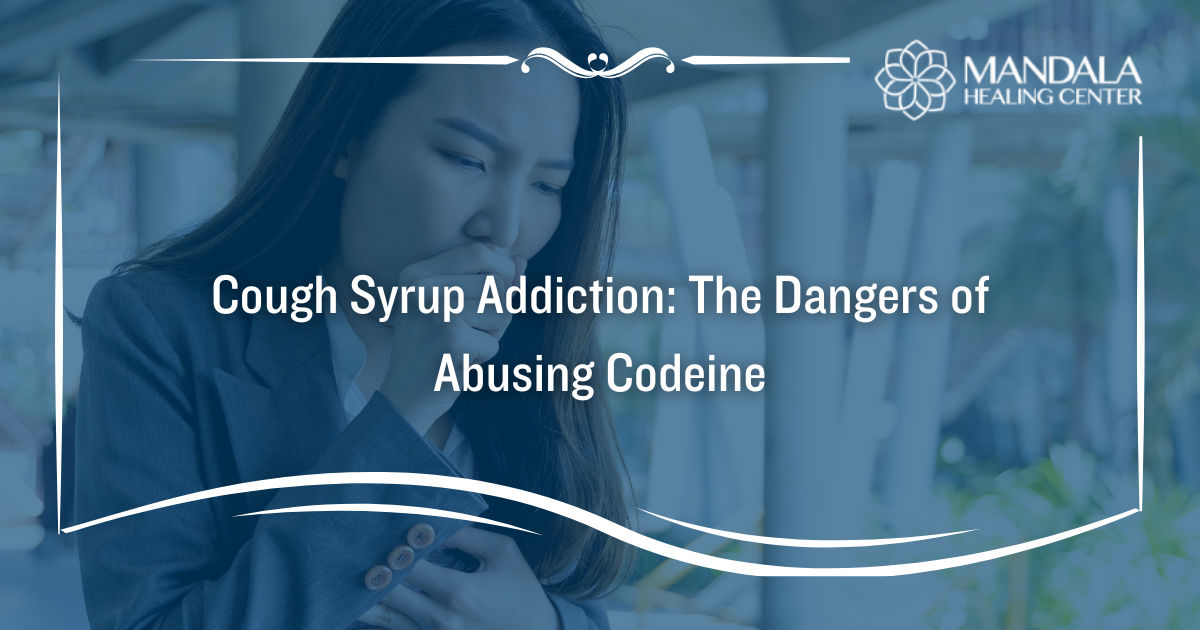Drug and alcohol addiction are complex conditions that require comprehensive, compassionate treatment. Treating only the physical aspects of an addiction is not enough to ensure long-term recovery and sobriety. People with addiction must receive holistic care and treatment to address the underlying physical, emotional, and behavioral aspects of their substance abuse and learn the skills they need to avoid relapse.
The Matrix Model of addiction treatment is a therapeutic approach to substance abuse treatment. It combines several evidence-based interventions to support people struggling with a substance abuse disorder (SUD).
The Matrix Model is commonly used in the treatment of stimulant abuse. This approach has gained popularity since its development in the 1980s, which was the height of the cocaine epidemic in the United States. Since then, it has been refined and is used effectively in addiction treatment centers nationwide to help people recover from stimulant abuse and addiction.
This article will explore what the Matrix Model is, how it works, and how to find effective substance abuse treatment. Reach out to the caring team at the Mandala Healing Center now to learn about our holistic addiction treatment programs or to schedule an intake assessment for yourself or a loved one.
What is the Matrix Model?
The Matrix Model is an integrative model of addiction treatment that uses a combination of evidence-based therapies. The Matrix Model provides comprehensive treatment for people with stimulant abuse and addiction in a 16-week outpatient program. In recent years, researchers have begun to explore whether the Matrix Model could be applied during the treatment of other types of substance use and addiction.
The Matrix Model uses several evidence-based therapies and practices, including:
- Addiction education
- Self-help programs
- Information about relapse
- Education on recovery
Participants are led by a trained, licensed therapist who provides guidance and support to the group and individual counseling.
The primary goal of the Matrix Model is to encourage people to remain in treatment, to stop using substances, and to avoid relapse. The Matrix Model is also intended to improve each participant’s self-esteem and protect their dignity during treatment for addiction.
How Does the Matrix Model Work?
Participants of the Matrix Model attend an intensive, 16-week outpatient program. They attend both group and individual treatment sessions.
The Matrix Model uses an integrative approach, combining several evidence-based therapeutic practices. These include:
- Cognitive-behavioral therapy (CBT)
- Contingency management
- 12-step groups
- Motivational interviewing
- Family therapy
Each participant follows their own treatment plan that can best meet their unique needs. Treatment plans may consist of different therapies and recovery-related activities, including:
- Individual psychotherapy to develop a trusting relationship with their therapist, set goals, and process emotions
- Recovery skills groups to learn how to manage cravings and abstain from substance use
- Relapse prevention groups to learn new ways to identify the signs of a relapse and avoid it
- Family therapy and education
- 12-step programs to provide social support, skills, and a place to process emotions and experiences
- Random urine testing at least once per week
- Social support groups to help people connect with others who are committed to sobriety
- Relapse analysis with their therapist during and after a relapse
The Matrix Model is designed to help people find the support, skills, and resources they need to maintain long-term sobriety and remain committed to recovery.
What are the Benefits of Using the Matrix Model?
The Matrix Modeal’s primary goal is to help people abstain from using drugs and alcohol. Within that goal, there are many smaller goals: to maintain dignity, provide social support, promote healing within the family system, and more.
Some of the benefits of using the Matrix Model during addiction treatment include:
- Helping people understand addiction as a disease
- Teaching people to identify the stages of relapse
- Providing social support
- Promoting healthier social behaviors
- Teaching healthy coping skills
- Connecting people to community resources, including 12-step meetings and other support groups
- Helping people make and work toward individual goals
People who participate in the Matrix Model in addiction treatment work closely with a trained therapist and treatment team, allowing them to receive a high level of care and support. The treatment team can also observe each participant and adjust the treatment plans as their recovery progresses or they experience setbacks.
Research shows that the Matrix Model can be effective in helping people abstain from substance use and avoid relapse. One study, the Methamphetamine Treatment Project (MTP), determined that Matrix Model participants were 27% more likely to complete treatment and 31% more likely to have clean urine screenings.
The Matrix Model is one therapeutic, holistic approach to substance use disorder treatment that may help people learn the skills and find the support they need to stay sober for life.
Learn More About the Matrix Model Now
If you or someone in your life struggles with substance abuse or addiction, you are not alone. Compassionate, comprehensive treatment is available at the Mandala Healing Center. Contact our admissions specialists now to explore our stimulant addiction treatment programs or to schedule an intake evaluation.












